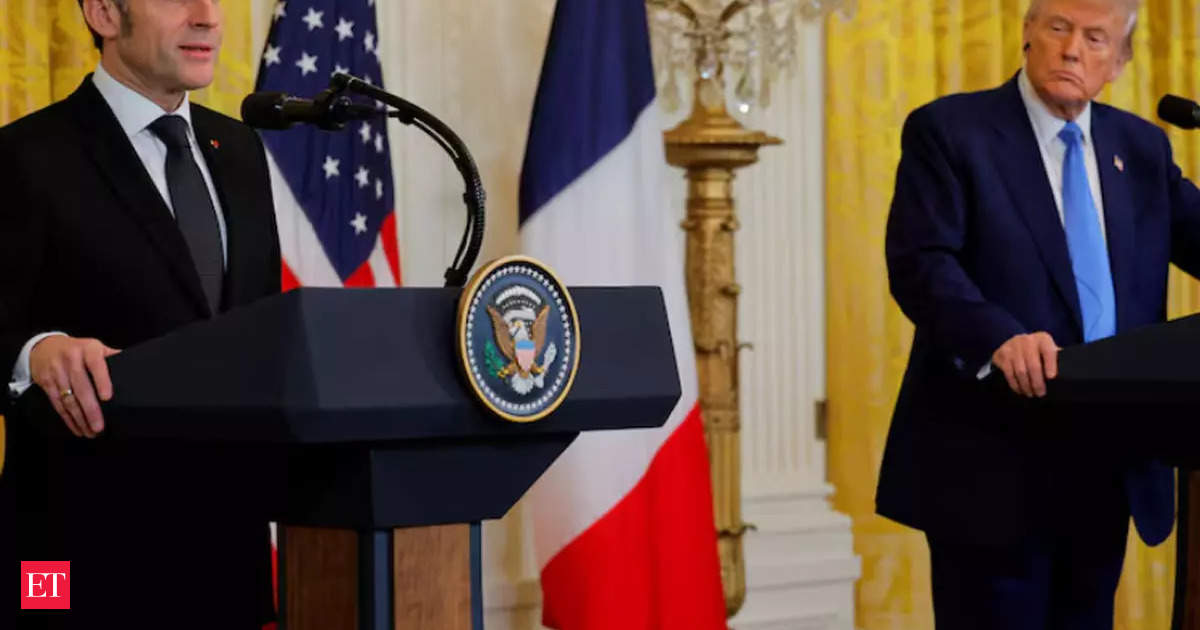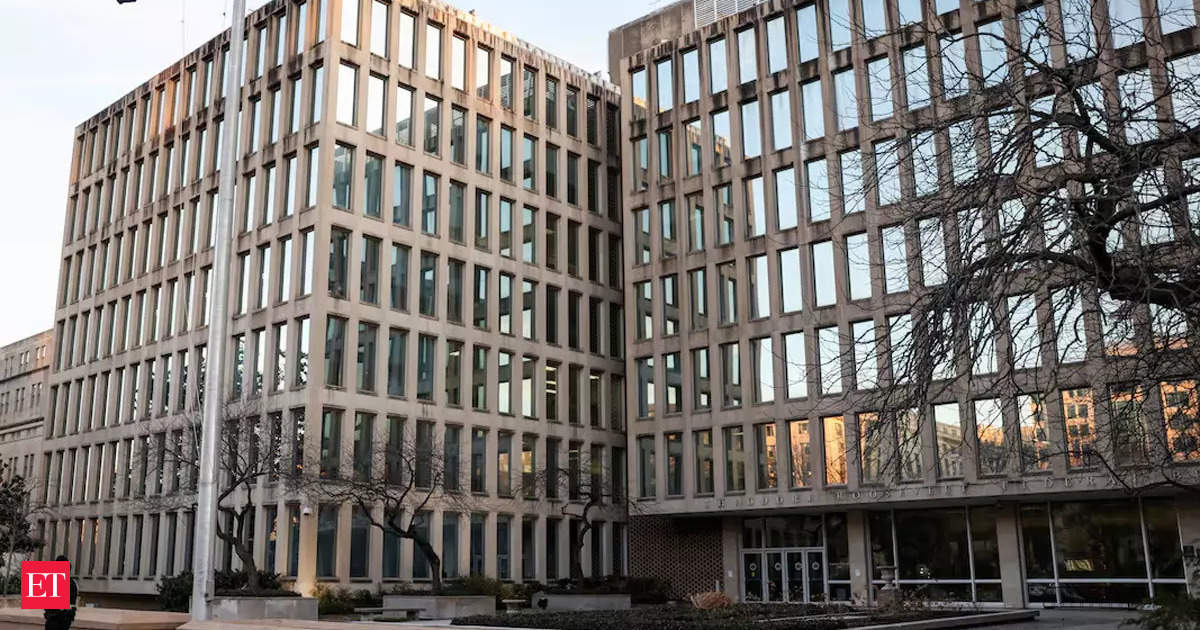The government is planning to restrict the rise in overall spending to approximately 10% in the interim budget for FY25. This move is intended to strike a balance between the requirement for continued growth and the need for fiscal consolidation. The government plans to achieve this goal by slowing down the increase in capital expenditure while moderately raising revenue spending. By adhering to this fiscal glide path, the government aims to maintain financial stability.
The interim budget, which serves as a temporary budget until a full budget is presented, is a significant tool for the government to allocate funds and plan its expenditures for the upcoming fiscal year. It provides an opportunity for the government to outline its priorities and financial goals.
In the case of the interim budget for FY25, the government is adopting a cautious approach, aiming to limit expenditure growth. This measured approach takes into account the need for sustained growth, but also recognizes the importance of fiscal consolidation to maintain overall economic stability.
One of the key strategies outlined in the interim budget is the slower pace of increase in capital expenditure. Capital expenditure refers to the spending on assets such as infrastructure, equipment, and research and development that contribute to long-term growth. By controlling the growth rate of capital expenditure, the government can manage its overall spending and avoid a significant increase that could strain the fiscal situation.
Alongside the controlled growth in capital expenditure, there will be a moderate increase in revenue spending. Revenue spending includes expenses such as salaries, pensions, and subsidies. This increase aims to cater to the existing social and welfare commitments of the government while keeping a check on the overall spending growth.
The government’s decision to limit the increase in spending aligns with the broader objective of maintaining fiscal stability. It acknowledges the need for sustained growth while emphasizing the importance of fiscal consolidation. By adhering to a disciplined fiscal glide path, the government aims to ensure that expenditure is managed effectively and does not jeopardize economic stability.
It is important to note that the interim budget is subject to change and may be revised based on evolving economic circumstances and priorities. The government will continue to monitor the economic situation closely and make necessary adjustments to ensure sustainable and inclusive growth.
Overall, the government’s aim to limit the increase in overall spending in the interim budget for FY25 reflects its commitment to strike a balance between growth and fiscal consolidation. This cautious approach demonstrates the government’s focus on maintaining financial stability while addressing the needs and aspirations of the economy and its citizens.










